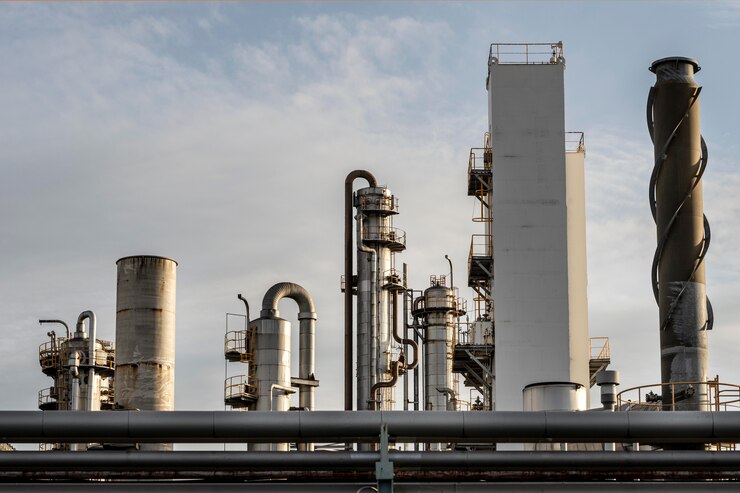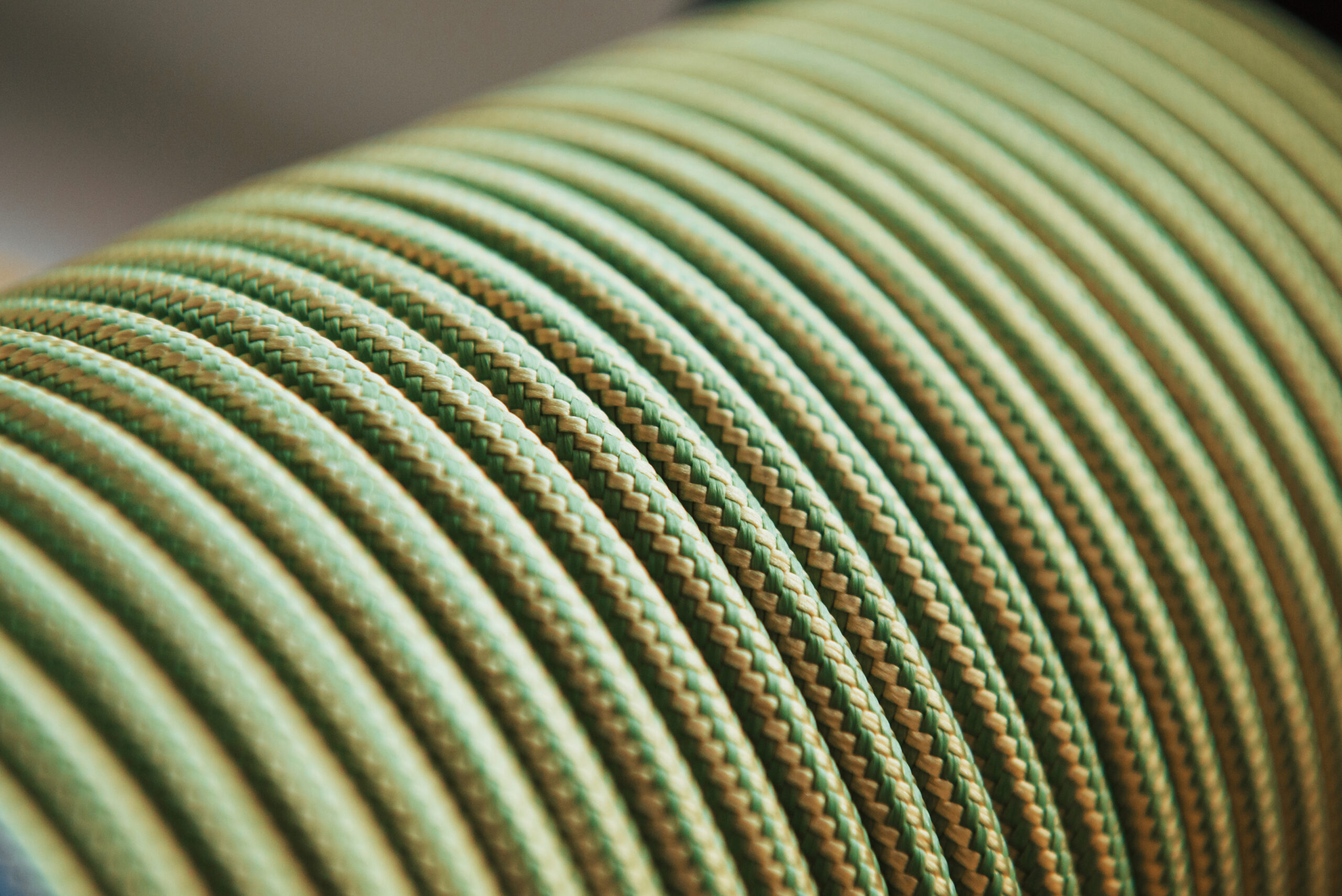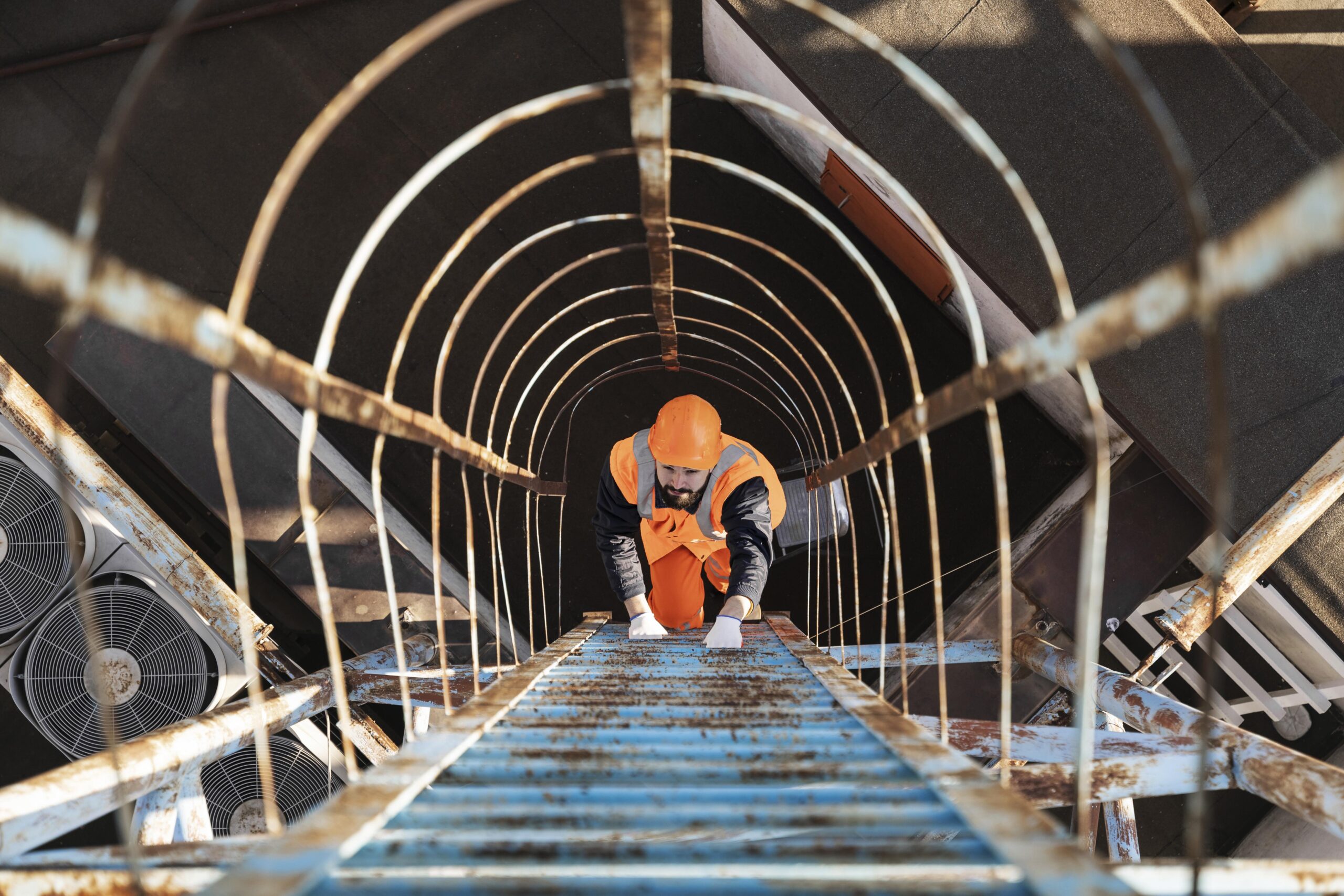In pipeline technology, innovation (in terms of pipeline technologies) serves as the driving force behind transformative advancements that redefine industry standards.
Moreover, the global demand for efficient transportation of oil, gas, and water is increasing. Pipeline operators are turning to cutting-edge solutions to tackle complex challenges.
Our exploration of pipeline technologies reveals groundbreaking innovations. These advancements aim to revolutionize operations, enhance safety, and bolster reliability.
Thus, from the inception of subsea automated valve systems to the integration of intelligent pigging technologies, the evolution of pipeline technology unfolds as a narrative of progress and potential.
Join us as we delve into the forefront of pipe line technology, where ingenuity meets infrastructure to chart the course for a future defined by efficiency, sustainability, and unparalleled performance.
Some of the leading Pipeline Technologies
Let’s get into the 6 pipeline technologies that are transforming the pipeline industry.
1. Subsea Automated Valve Actuation System (SAVAS)
Baker Hughes introduces the pioneering Subsea Automated Valve Actuation System (SAVAS), revolutionizing pipeline operations with its innovative functionalities:
Vessel Relocation Elimination
SAVAS eradicates the necessity for vessel relocation during launcher operations, thus streamlining processes and conserving substantial vessel time.
Efficient Valve Control
Operators gain the ability to promptly close or open valves before or after hydro-testing, significantly enhancing operational efficiency and safety.
Risk Mitigation
By circumventing transit operations, SAVAS effectively reduces risks associated with subsea launcher and receiver recovery, ensuring enhanced safety protocols.
Read out, “Advantages of FBE: Embracing Durability and Reliability”
2. High-Pressure Smart Gauge Tool (HPSGT)
BHGE’s cutting-edge High-Pressure Smart Gauge Tool (HPSGT) emerges as a pivotal asset in pipeline testing, boasting remarkable features:
Real-Time Data Transmission
HPSGT facilitates the seamless transmission of real-time data without requiring manual intervention, hence eliminating the need to retrieve the test head and inspect a gauge plate before hydro-testing.
Weather Resilience
This innovative tool minimizes weather-induced delays, ensuring uninterrupted operations regardless of external conditions.
ROV Deployment Optimization
With fewer deployments of remotely operated vehicles (ROVs), substantial cost savings and operational efficiency enhancements are achieved, further solidifying its indispensability in pipeline testing procedures.
3. Magnetic Flux Leakage (MFL) and Ultrasonic Testing (UT)
The integration of Magnetic Flux Leakage (MFL) and Ultrasonic Testing (UT) marks a significant leap forward in pipeline inspection methodologies, offering unparalleled insights into pipeline integrity:
MFL Technology
By meticulously analyzing magnetic fields, MFL technology proficiently detects corrosion and defects, thus ensuring comprehensive pipeline assessments.
UT Capabilities
Leveraging ultrasonic waves, UT techniques facilitate precise assessment of wall thickness and flaw identification, further enhancing inspection accuracy.
Synergistic Approach
The combined utilization of MFL and UT technologies ensures holistic pipeline evaluations, hence guaranteeing optimal performance and longevity.
Additionally, we suggest reading out, “Revolutionize Pipeline Integrity with LPS: Permanent Solutions for Corrosion Protection”
4. Remote Flooding Module (RFM)
The advent of the Remote Flooding Module (RFM) heralds a new era for subsea pipelines, introducing unparalleled efficiency and safety measures:
Streamlined Flooding Process
RFM facilitates controlled flooding of pipelines from remote locations, optimizing operational efficiency.
Minimal Downtime
Operators can execute pipeline flooding procedures without disrupting ongoing production activities, thereby minimizing downtime and enhancing overall productivity.
Risk Mitigation Measures
By mitigating the risks associated with traditional flooding methods, RFM ensures heightened safety standards and operational resilience.
5. Intelligent Pigging
Intelligent pigging emerges as a cornerstone in maintaining pipeline integrity, offering invaluable insights and operational efficiencies:
Comprehensive Inspections
These sophisticated devices traverse pipelines, meticulously capturing data pertaining to defects, corrosion, and anomalies, enabling proactive maintenance measures.
Data-Driven Decision-Making
Operators leverage pigging data to prioritize maintenance tasks and execute targeted repairs, resulting in significant cost savings and operational optimizations.
Preventive Maintenance
Regular pigging routines mitigate the need for costly emergency repairs, ensuring sustained pipeline integrity and operational continuity.
6. Subsea Pigging and Hydrostatic Testing Unit (SPHU)
The Subsea Pigging and Hydrostatic Testing Unit (SPHU) presents a multifaceted solution for efficient pipeline testing and maintenance:
Integrated Functionality
SPHU seamlessly integrates pigging and hydrostatic testing functions into a singular operation, optimizing testing procedures and minimizing operational complexities.
Time-Efficient Operations
By reducing downtime associated with separate testing processes, SPHU accelerates testing timelines, thus ensuring expedited assessments without compromising accuracy.
Holistic Assessments
Through comprehensive testing protocols, SPHU guarantees meticulous evaluations of pipeline safety and reliability, safeguarding critical infrastructure and operational continuity.
Conclusion
The transformative impact of these cutting-edge pipeline technologies reverberates throughout the pipeline industry, underscoring their pivotal role in driving innovation and operational excellence.
Whether it’s the seamless automation of valve systems or the precision of advanced inspection methodologies, embracing technological advancements is paramount for navigating the dynamic landscape of pipeline operations.
Thus, as we acknowledge the intricate network of pipelines powering essential resources, let us recognize the indispensable contributions of these pioneering pipeline technologies in shaping a safer, more efficient future for the industry.
FAQs
Q1: What are pipeline technologies?
Ans: Pipeline technologies refer to the innovative systems and tools utilized in the oil and gas industry to enhance the efficiency, safety, and reliability of pipeline transportation. Furthermore, these technologies encompass a wide range of solutions designed to automate processes, collect real-time data, conduct inspections, and mitigate risks associated with pipeline operations.
Q2: What are 3 examples of pipeline transport?
Ans: Three examples of pipeline transport include:
- Subsea Automated Valve Actuation System (SAVAS): This technology enables automated valve control in subsea pipelines, reducing the need for vessel relocation, enhancing efficiency, and mitigating risks.
- High-Pressure Smart Gauge Tool (HPSGT): HPSGT facilitates real-time data transmission, enhances weather resilience, and optimizes deployment of remotely operated vehicles (ROVs) for monitoring high-pressure pipeline systems.
- Magnetic Flux Leakage (MFL) and Ultrasonic Testing (UT): These inspection techniques involve using magnetic flux leakage and ultrasonic waves to detect defects and flaws in pipelines, ensuring structural integrity and safety.
Q3: What are the three basic types of pipeline systems?
Ans: The three basic types of pipeline systems are:
- Gathering Pipelines: These pipelines collect crude oil, natural gas, or other hydrocarbons from production wells and transport them to processing facilities.
- Transmission Pipelines: Transmission pipelines transport refined products, such as gasoline, diesel, or natural gas, over long distances from processing plants to distribution centers or end-users.
- Distribution Pipelines: Distribution pipelines deliver products directly to consumers, such as residential homes, businesses, and industrial facilities, through local distribution networks.
Q4: How many types of pipelines are there?
Ans: There are primarily three types of pipelines: gathering pipelines, transmission pipelines, and distribution pipelines. Thus, each type serves a specific function in the transportation of crude oil, natural gas, or refined products within the oil and gas industry.
Q5: What is pipeline and its types?
Ans: A pipeline, in a broader sense, refers to a system or structure designed for the transportation of fluids, gases, or data from one point to another. Its types include:
- Fluid/Gas Pipelines: These pipelines transport liquids or gases. Such as crude oil, natural gas, water, or petroleum products, through a network of interconnected pipes.
- Data Pipelines: Data pipelines involve the flow of information or data between different software systems, databases, or computing resources. Thus, facilitating tasks such as data integration, transformation, and analysis.
- AI/Machine Learning Pipelines: AI or machine learning pipelines are sequences of algorithms and data processing steps used to train, deploy, and maintain machine learning models for various applications. Including image recognition, natural language understanding, and predictive analytics.





